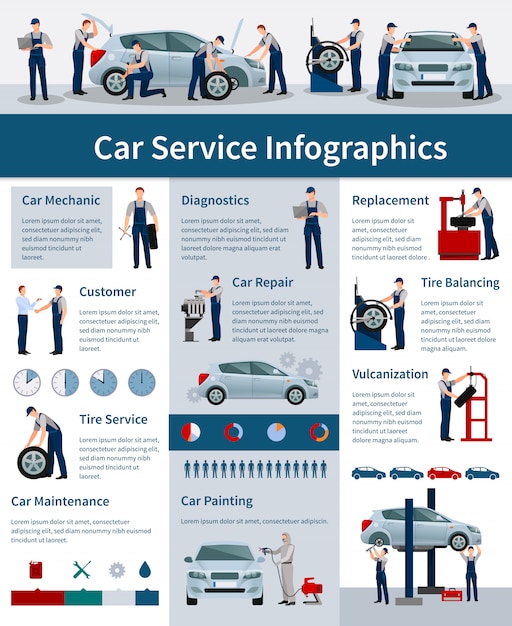The Essential Function Of Regular Tire Upkeep: Steps For Inspecting And Turning Your Tires
The Essential Function Of Regular Tire Upkeep: Steps For Inspecting And Turning Your Tires
Blog Article
Author-Salinas Cowan
Ensuring your tires remain in leading problem is more than just a routine job-- it's a safety important for every single trip you embark on. From maintaining correct air pressure to inspecting for damage, the health of your tires straight influences your automobile's efficiency and your health when driving. Yet what are the crucial steps to take to maintain your tires in prime shape? Allow's discover the crucial facets of tire upkeep that you should not forget.
Advantages of Regular Tire Upkeep
Regular tire upkeep uses a variety of benefits that can enhance your driving experience and guarantee your security on the road. By maintaining your tires effectively inflated, you enhance gas effectiveness, saving you money at the pump.
Well-maintained tires also give much better grip, reducing the threat of mishaps, particularly throughout stormy weather. Properly aligned and balanced tires result in a smoother trip, decreasing resonances and enhancing total automobile handling.
Frequently revolving your tires promotes also walk wear, extending their life-span and conserving you from early substitutes. In addition, maintaining the proper tire stress can protect against blowouts and flats, lowering the chances of unanticipated failures when driving.
Tire Inspection Standards
When examining your tires, it's crucial to take note of numerous vital elements to ensure they're in optimal condition for safe driving. Beginning by examining the tire pressure utilizing a pressure gauge to ensure it matches the maker's recommended degree.
Evaluate the tread deepness by putting a cent inverted into the walk grooves; if you can see all of Lincoln's head, it's time for new tires. Try to find any type of indications of unequal wear, which may indicate positioning problems or improper inflation.
Check for https://www.wwlp.com/news/spend-less-at-the-pump-with-these-fuel-saving-tips/ , bulges, or cracks on the tire sidewalls, as these can result in blowouts. In addition, analyze the tire shutoffs for damages or leakages. Keep in mind to inspect all 4 tires, including the spare if relevant.
Correct Tire Rotation Techniques
To guarantee even put on and prolong the life-span of your tires, it's vital to adhere to correct tire turning strategies. Routine tire turning assists disperse wear equally across all four tires, advertising longer step life and boosting overall efficiency. Begin by inspecting adaptive equipment for disabled drivers for the advised turning pattern. Commonly, front-wheel-drive, rear-wheel-drive, and all-wheel-drive lorries have various turning patterns to make up differing wear patterns.
For a lot of vehicles, the recommended tire turning period is every 6,000 to 8,000 miles, but this might vary, so it's important to consult your handbook.
When rotating your tires, swap the front tires with the back tires, moving the left back tire to the left front position and the other way around. Bear in mind to also cross the rear tires to the contrary sides when relocating them to the front. This straightforward yet effective turning strategy helps make sure that all tires put on equally, maximizing their life expectancy and maintaining ideal efficiency.
Final thought
Ensure to focus on regular tire maintenance to keep your automobile running smoothly and safely. By following easy examination standards and proper turning strategies, you can extend the life-span of your tires, improve fuel effectiveness, and improve general performance on the road. Do not overlook the importance of taking care of your tires - it's a little initiative that can make a large difference in your driving experience.
